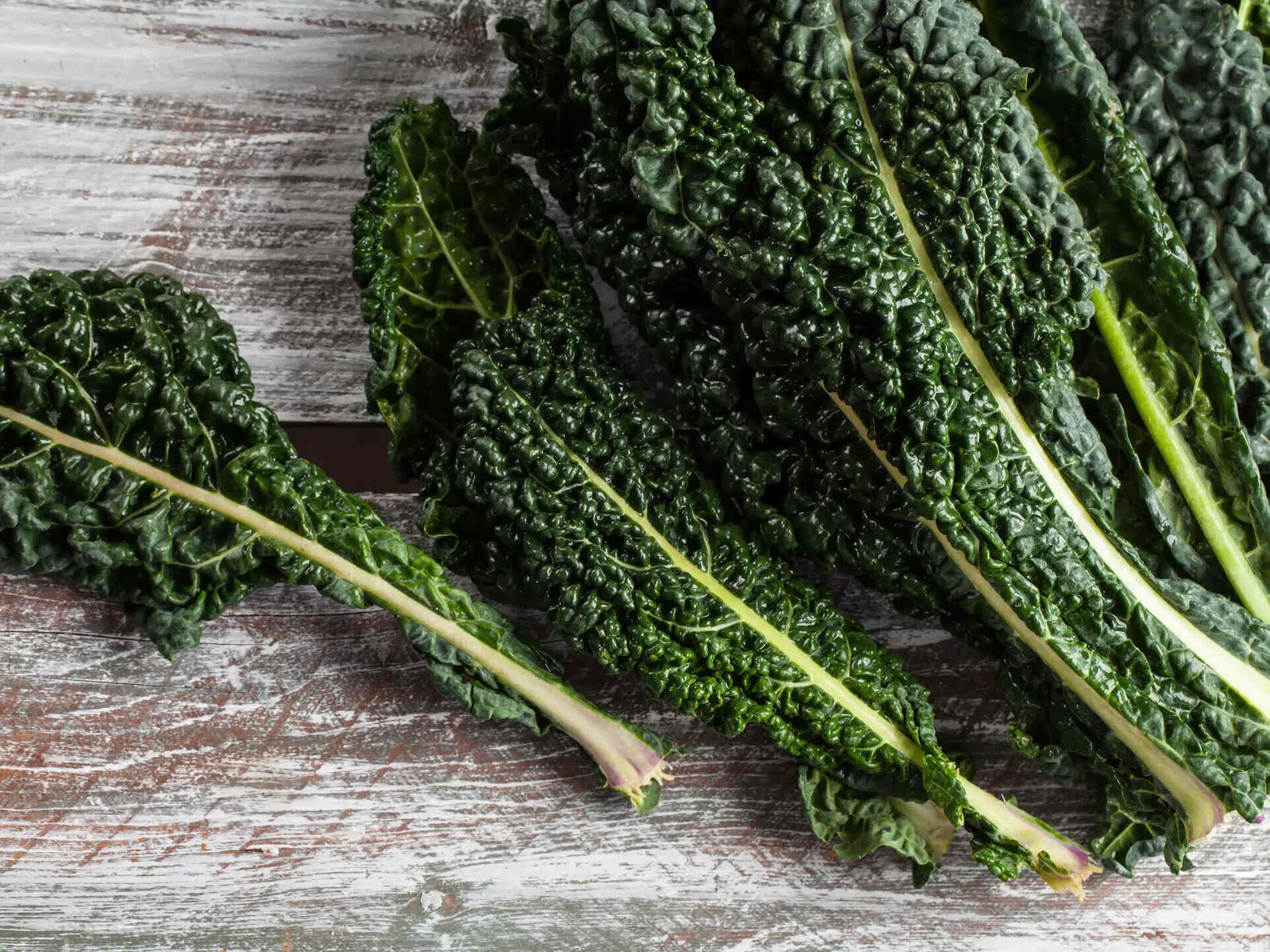

Articles
How To Store Dino Kale
Modified: February 20, 2024
Learn the best methods for storing dino kale and keeping it fresh. Read our informative articles on how to properly store this nutritious leafy green.
(Many of the links in this article redirect to a specific reviewed product. Your purchase of these products through affiliate links helps to generate commission for Storables.com, at no extra cost. Learn more)
Introduction
Welcome to the ultimate guide on how to store dino kale, the nutritious and versatile leafy green. Whether you grow your own kale in your backyard or buy it from the local grocery store, knowing how to properly store it is essential to keep it fresh and preserve its flavor and nutritional value.
Dino kale, also known as Lacinato kale or dinosaur kale, has become increasingly popular in recent years due to its health benefits and culinary versatility. It is packed with vitamins, minerals, and antioxidants that promote overall health and well-being. This dark, leafy green is rich in vitamins A, C, and K, as well as folate and fiber. It also contains powerful antioxidants such as lutein and zeaxanthin, which are beneficial for eye health.
In addition to its nutritional value, dino kale is known for its unique flavor and texture. It has a slightly sweeter and milder taste compared to other types of kale, making it a favorite for salads, sautés, and smoothies. Whether you plan to use dino kale in a salad, stir-fry, or as a healthy snack, knowing how to properly store it will ensure that it stays fresh and crisp.
In this comprehensive guide, we will explore the various methods to store dino kale to maximize its shelf life and preserve its nutritional value. We will cover everything from selecting the freshest kale to preparing it for storage and using different storage techniques. By following these tips, you can extend the lifespan of your dino kale and enjoy its fresh flavor and health benefits for longer.
Key Takeaways:
- Store dino kale in the refrigerator by wrapping it in damp paper towels and placing it in an airtight container to maintain freshness for up to 7 days.
- Freeze dino kale for longer-term storage by blanching, draining, and storing in freezer-safe bags or containers for up to 6-8 months.
Read more: How To Store Kale
Benefits of Dino Kale
Dino kale, also known as Lacinato kale or dinosaur kale, is not only delicious but also incredibly nutritious. Here are some of the impressive health benefits that this leafy green offers:
- Rich in vitamins and minerals: Dino kale is packed with essential nutrients such as vitamin A, vitamin C, vitamin K, and folate. These vitamins are important for maintaining a healthy immune system, supporting bone health, and promoting proper cell function.
- High in antioxidants: Dino kale is loaded with antioxidants, including lutein and zeaxanthin. These powerful compounds help protect your body against oxidative stress and may reduce the risk of chronic diseases, such as heart disease and certain types of cancer.
- Excellent source of fiber: Adequate fiber intake is crucial for a healthy digestive system. Dino kale is high in fiber, which can help regulate bowel movements, promote satiety, and support healthy cholesterol levels.
- Low in calories: If you’re watching your calorie intake, dino kale is a great option. It is low in calories but provides a wealth of nutrients, making it a perfect addition to a balanced diet.
- Promotes eye health: The antioxidants lutein and zeaxanthin found in dino kale are beneficial for eye health. These compounds may help protect against age-related macular degeneration and cataracts.
- Anti-inflammatory properties: Dino kale contains anti-inflammatory compounds, such as kaempferol and quercetin, that may help reduce inflammation in the body. Chronic inflammation is linked to various health conditions, including heart disease and arthritis.
- Supports detoxification: The sulfur compounds in dino kale, such as glucosinolates, play a role in supporting the body’s detoxification process. These compounds help eliminate harmful toxins from the body and promote overall detoxification.
These are just a few of the many health benefits that dino kale offers. Incorporating this nutrient-dense leafy green into your diet can provide a wide range of nutrients and contribute to better overall health and well-being. Now that you know the benefits of dino kale, let’s move on to the next section, which focuses on selecting the freshest dino kale for storage.
Selecting Fresh Dino Kale
When it comes to storing dino kale, selecting fresh and quality produce is essential. Here are some tips to help you choose the freshest dino kale:
- Look for vibrant and crisp leaves: When selecting dino kale, opt for leaves that are vibrant green and crisp. Avoid wilted, yellowed, or discolored leaves, as they may indicate that the kale is past its prime.
- Check the stem: Examine the stems of dino kale to ensure they are firm and sturdy. The stems should be moist and not dried out. Avoid kale with woody or fibrous stems, as they can be tough and less enjoyable to eat.
- Choose smaller leaves: Smaller leaves are often more tender and less bitter compared to larger leaves. Look for bunches of dino kale with smaller leaves for a more enjoyable eating experience.
- Inspect for insects or damage: Take a close look at the leaves of dino kale to ensure there are no signs of insect damage or holes. Additionally, check for any signs of decay or mold. This will ensure that you are purchasing kale that is in its best condition.
When buying dino kale, consider purchasing organic options whenever possible. Organic kale is grown without the use of synthetic pesticides or fertilizers, reducing the risk of chemical residues on the leaves.
Once you have selected fresh dino kale, it’s time to prepare it for storage. The next section will guide you through the steps of preparing dino kale for storage, whether you plan to refrigerate it or freeze it for longer-term storage.
Preparing Dino Kale for Storage
Before storing dino kale, it’s important to properly prepare it to ensure its freshness and quality. Here are the steps to follow when preparing dino kale for storage:
- Wash the kale: Start by rinsing the kale leaves thoroughly under cool running water. Gently rub the leaves with your fingers to remove any dirt or debris. This will help ensure that you store clean kale.
- Trim the stems: Next, trim off the tough stems of the dino kale leaves. To do this, hold the base of the stem with one hand and use the other hand to strip the leaves from the stem, moving in an upward motion. Discard the stems or save them for another use.
- Cut or tear into desired pieces: Depending on how you plan to use the kale, you can either cut it into bite-sized pieces or tear it into smaller leaves. This will make it easier to incorporate into salads, stir-fries, or other dishes.
- Dry the leaves: After washing and cutting the kale, it’s important to dry the leaves thoroughly. Excess moisture can lead to spoilage, so use a salad spinner or pat the leaves dry with a clean kitchen towel or paper towels.
Once you have prepared the dino kale for storage, you can choose between refrigerating it for short-term storage or freezing it for longer-term storage. The following sections provide guidelines on how to store dino kale using each method.
Now that you know how to prepare dino kale for storage, let’s move on to the next section, which focuses on storing dino kale in the refrigerator.
After washing and drying dino kale thoroughly, store it in a resealable plastic bag with a paper towel to absorb excess moisture. Keep it in the crisper drawer of the refrigerator for up to 5 days.
Storing Dino Kale in the Refrigerator
Refrigerating dino kale is a great way to extend its shelf life and keep it fresh for several days. Follow these steps to store dino kale in the refrigerator:
- Wrap in damp paper towels: Take a few sheets of paper towels and dampen them slightly with water. Wrap the dino kale leaves loosely in the damp paper towels. This will help maintain the moisture level and prevent the kale from drying out.
- Place in a plastic bag or airtight container: Once wrapped in the damp paper towels, transfer the dino kale to a plastic bag or an airtight container. Seal the bag or container tightly to create a humid environment for the kale.
- Store in the vegetable crisper: Place the bag or container of dino kale in the vegetable crisper drawer of your refrigerator. The cool and slightly humid environment of the crisper will help keep the kale fresh and crisp.
It’s important to note that dino kale is perishable and can lose its freshness over time. When stored properly in the refrigerator, dino kale can typically stay fresh for up to 5-7 days. However, it’s best to consume it as soon as possible to enjoy its optimal flavor and nutritional value.
Now that you know how to store dino kale in the refrigerator, let’s explore how to store it in the freezer for longer-term storage.
Read more: How To Store Kale In Fridge
Storing Dino Kale in the Freezer
If you have an abundance of dino kale and want to extend its shelf life even further, freezing is a great option. Follow these steps to properly store dino kale in the freezer:
- Blanch the kale: Start by blanching the kale leaves in boiling water for 2-3 minutes. Blanching helps preserve the color, texture, and nutrients of the kale. After blanching, immediately transfer the kale to an ice bath to stop the cooking process.
- Drain and dry: Remove the kale from the ice bath and drain off the excess water. Use a salad spinner or pat the kale leaves dry with clean kitchen towels or paper towels. Removing excess moisture will prevent ice crystals from forming during freezing.
- Arrange in freezer-safe bags or containers: Arrange the kale leaves in freezer-safe bags or airtight containers. Flatten the bags or containers to remove any excess air and ensure a tight seal. Label the bags or containers with the date for easy reference.
- Freeze: Place the bags or containers of dino kale in the freezer. Make sure to place them in a single layer initially to allow for quick freezing. Once frozen, you can stack the bags or containers to save space.
When properly stored, dino kale can stay good in the freezer for up to 6-8 months. However, to maintain its freshness and flavor, it’s best to use it within the first few months of freezing.
When you’re ready to use the frozen kale, you can add it directly to your recipes without thawing. Frozen kale works well in soups, stews, smoothies, and other cooked dishes.
Now that you know how to store dino kale in the freezer, let’s move on to some tips for properly storing dino kale, regardless of the storage method.
Tips for Properly Storing Dino Kale
To ensure that your dino kale stays fresh and flavorful for as long as possible, here are some additional tips for proper storage:
- Remove any damaged leaves: Before storing dino kale, inspect the leaves and remove any that are damaged, wilted, or yellowed. Damaged leaves can release ethylene gas, which can cause the rest of the kale to spoil more quickly.
- Store away from strong odors: Dino kale can absorb odors easily, so it’s important to store it away from strong-smelling foods such as onions, garlic, or pungent fruits. Keep it in a separate compartment or enclosed container to avoid any flavor transfer.
- Do not wash until ready to use: It’s best to wash and prepare dino kale just before you plan to use it. Excess moisture can accelerate spoilage, so it’s recommended to keep it unwashed and dry until you’re ready to enjoy it.
- Rotate your kale: If you have multiple bunches of dino kale, it’s a good practice to rotate them. Use the older kale first to prevent it from sitting in the refrigerator or freezer for too long.
- Label and date your stored kale: Whether you’re storing kale in the refrigerator or freezer, make sure to label the bags or containers with the date of storage. This will help you keep track of when to use the kale and ensure you prioritize the oldest batches first.
Following these tips will help maximize the freshness and quality of your stored dino kale. Whether you’re storing it in the refrigerator or freezer, proper storage practices will ensure that you can enjoy the benefits of dino kale for an extended period of time.
Now that you’re equipped with all the necessary information on storing dino kale, it’s time to put it into practice and enjoy this nutritious green whenever you desire!
Remember, the above information serves as a general guide. It’s important to use your judgment and monitor the quality of the dino kale while storing it.
Conclusion
Properly storing dino kale is key to preserving its freshness, flavor, and nutritional value. Whether you choose to store it in the refrigerator or freezer, following the right steps will ensure that you can enjoy this nutrient-packed leafy green for an extended period of time.
We started by highlighting the numerous health benefits of dino kale, including its rich vitamin and mineral content, high antioxidant levels, and its support for eye health, digestion, and inflammation reduction. Dino kale truly is a powerhouse of nutrients.
When selecting fresh dino kale, look for vibrant leaves, sturdy stems, and smaller-sized leaves to ensure the best quality. Avoid kale with any signs of damage or decay.
Preparing dino kale for storage involves washing, trimming, and drying the leaves. Once prepared, you can choose to store it in the refrigerator or freezer, depending on your needs.
Refrigerating dino kale involves wrapping it in damp paper towels and placing it in an airtight container or plastic bag. Storing it in the vegetable crisper drawer will help maintain its freshness for up to a week.
If you have an abundance of dino kale, freezing it is an excellent option. Blanch the kale leaves, drain them, and store them in freezer-safe bags or containers. Frozen dino kale can stay good for up to 6-8 months.
Remember to remove any damaged leaves, store kale away from strong odors, and rotate your batches to ensure the best quality. Label and date your stored kale for easy tracking.
By following these storage tips, you can prolong the lifespan of dino kale and ensure that it remains fresh, flavorful, and packed with nutrients whenever you’re ready to use it.
Now armed with the knowledge of how to store dino kale, you can enjoy this versatile leafy green in a variety of dishes, from salads and stir-fries to soups and smoothies. Fuel your body with its goodness and reap the health benefits it has to offer.
So, next time you have dino kale on hand, don’t let it go to waste. Store it properly and enjoy the freshness and nutrition it provides, adding a touch of vibrant green to your culinary creations and promoting your overall well-being.
Frequently Asked Questions about How To Store Dino Kale
Was this page helpful?
At Storables.com, we guarantee accurate and reliable information. Our content, validated by Expert Board Contributors, is crafted following stringent Editorial Policies. We're committed to providing you with well-researched, expert-backed insights for all your informational needs.
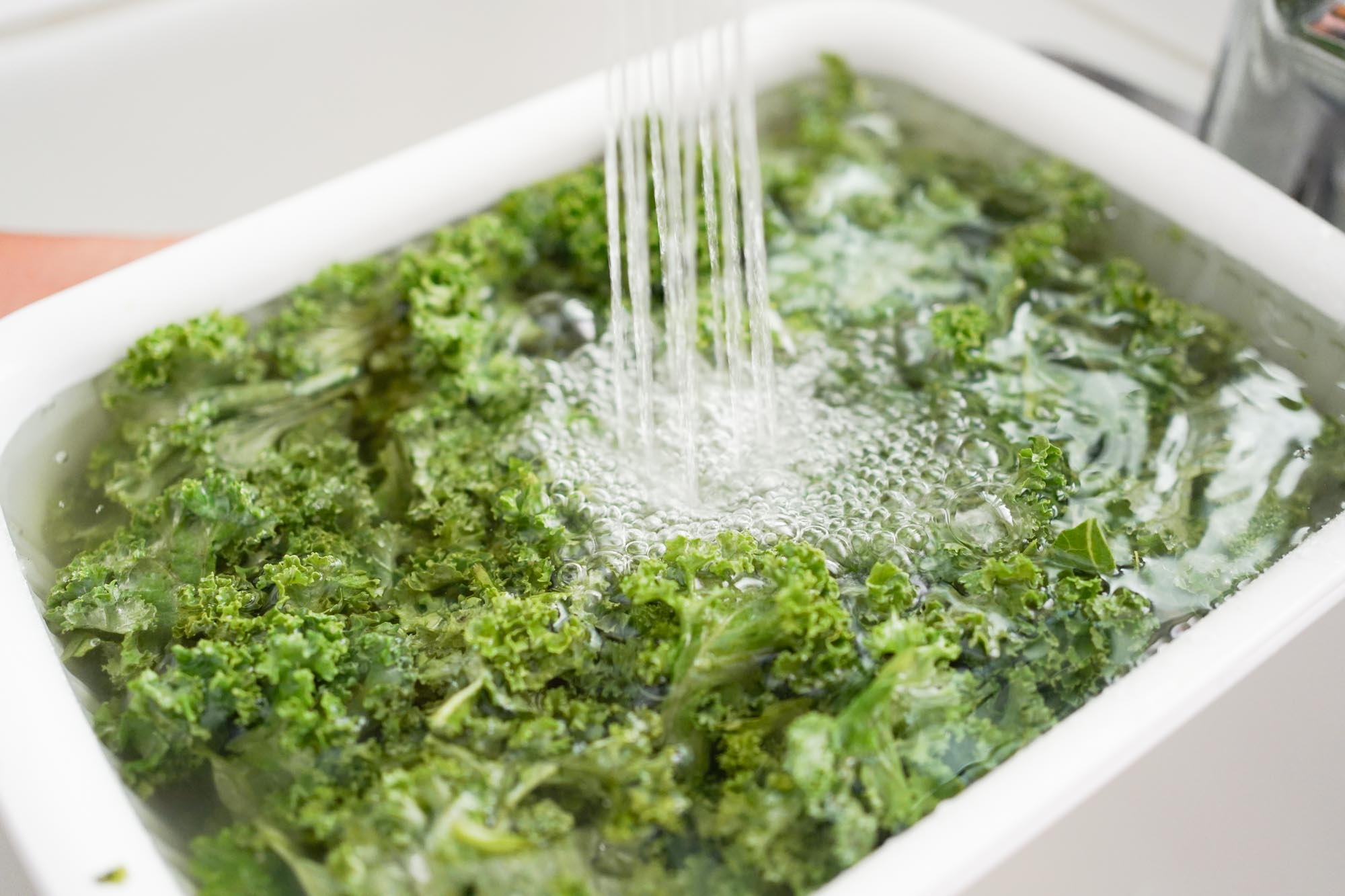

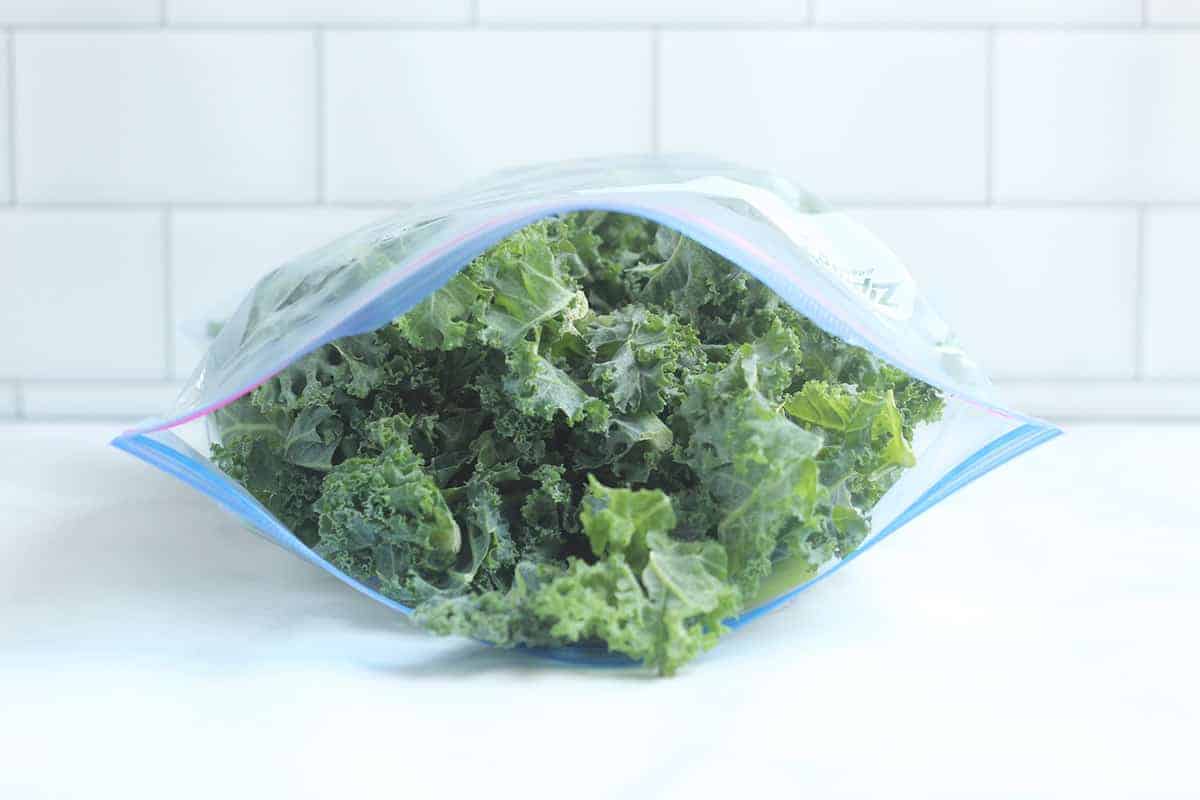
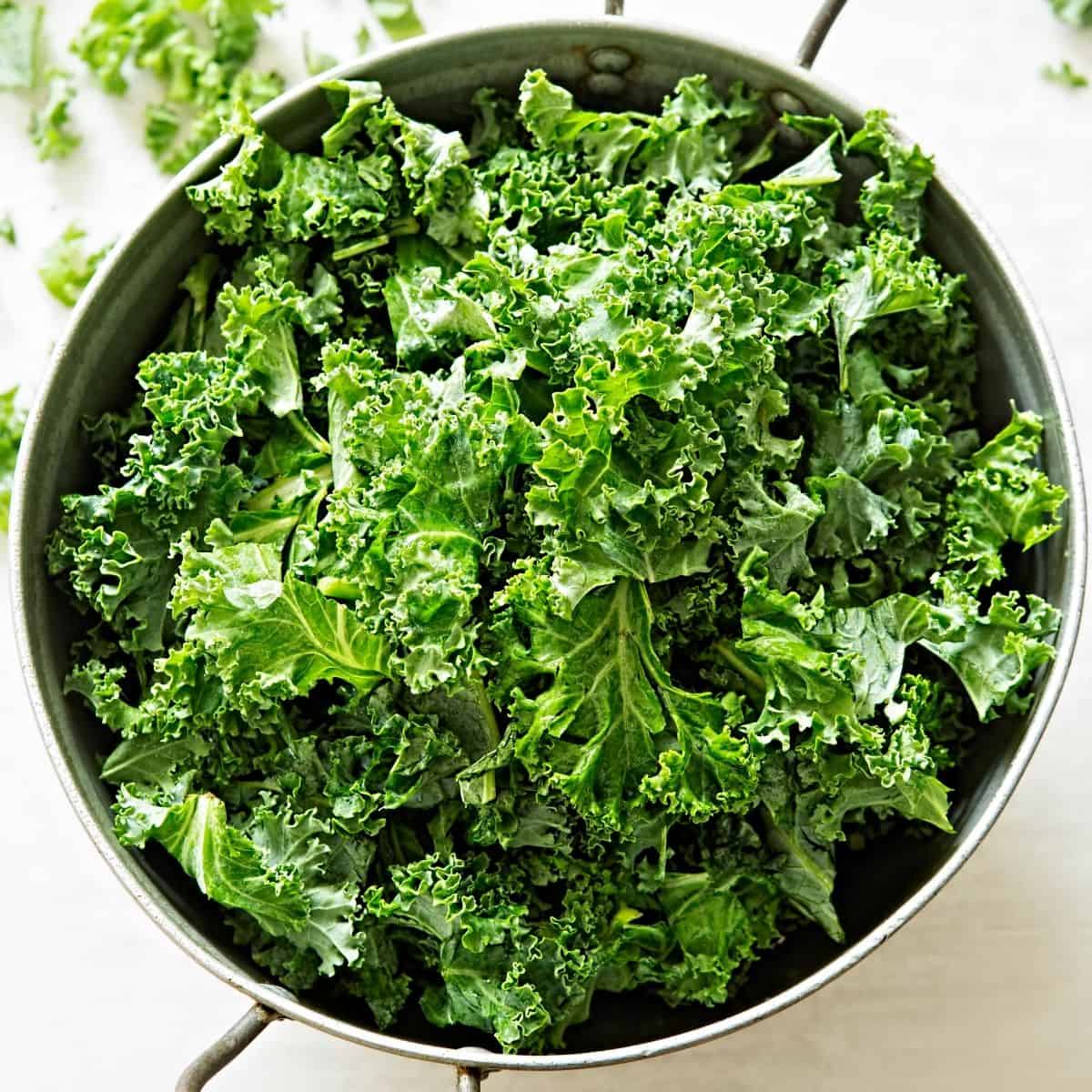
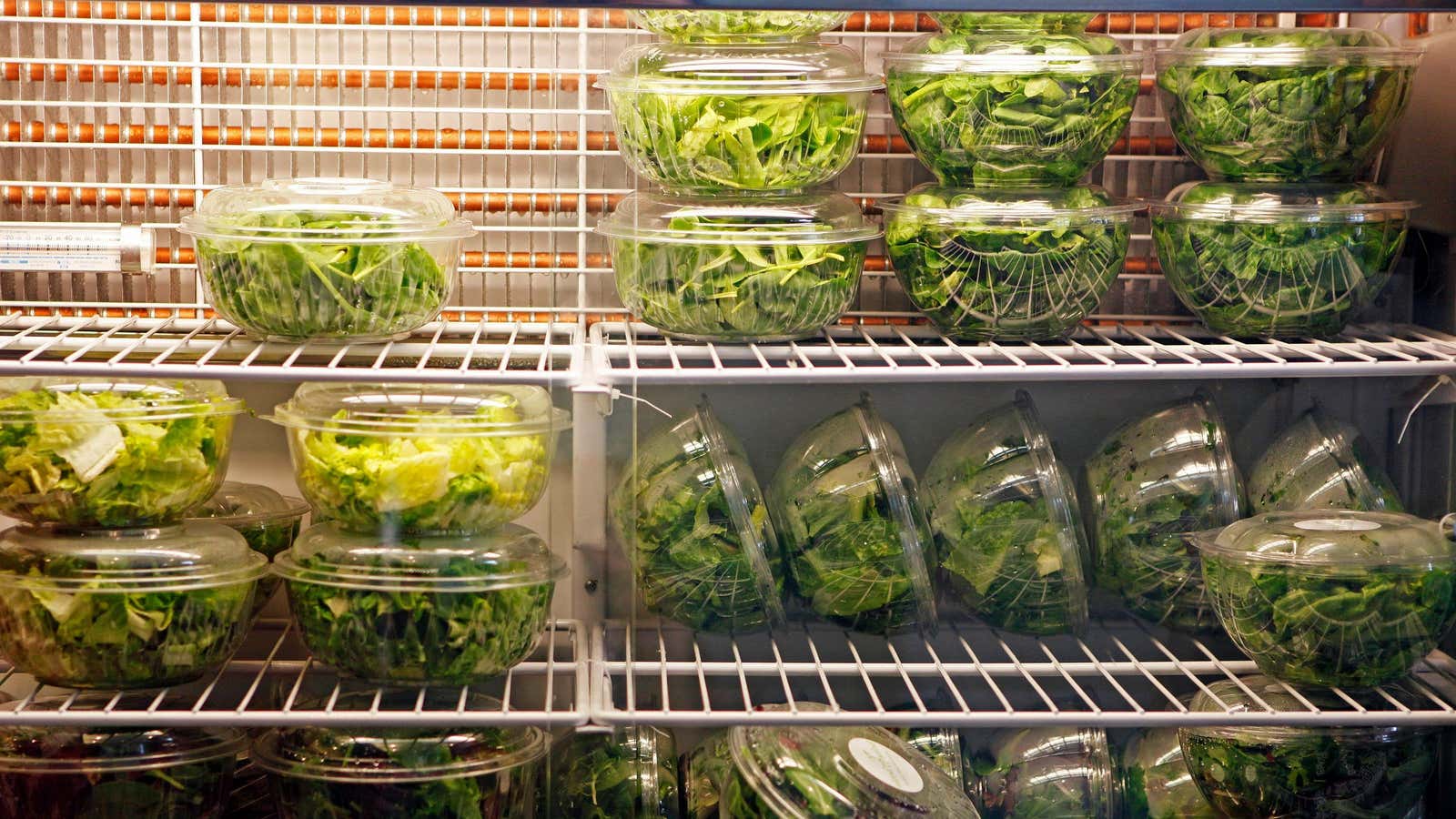
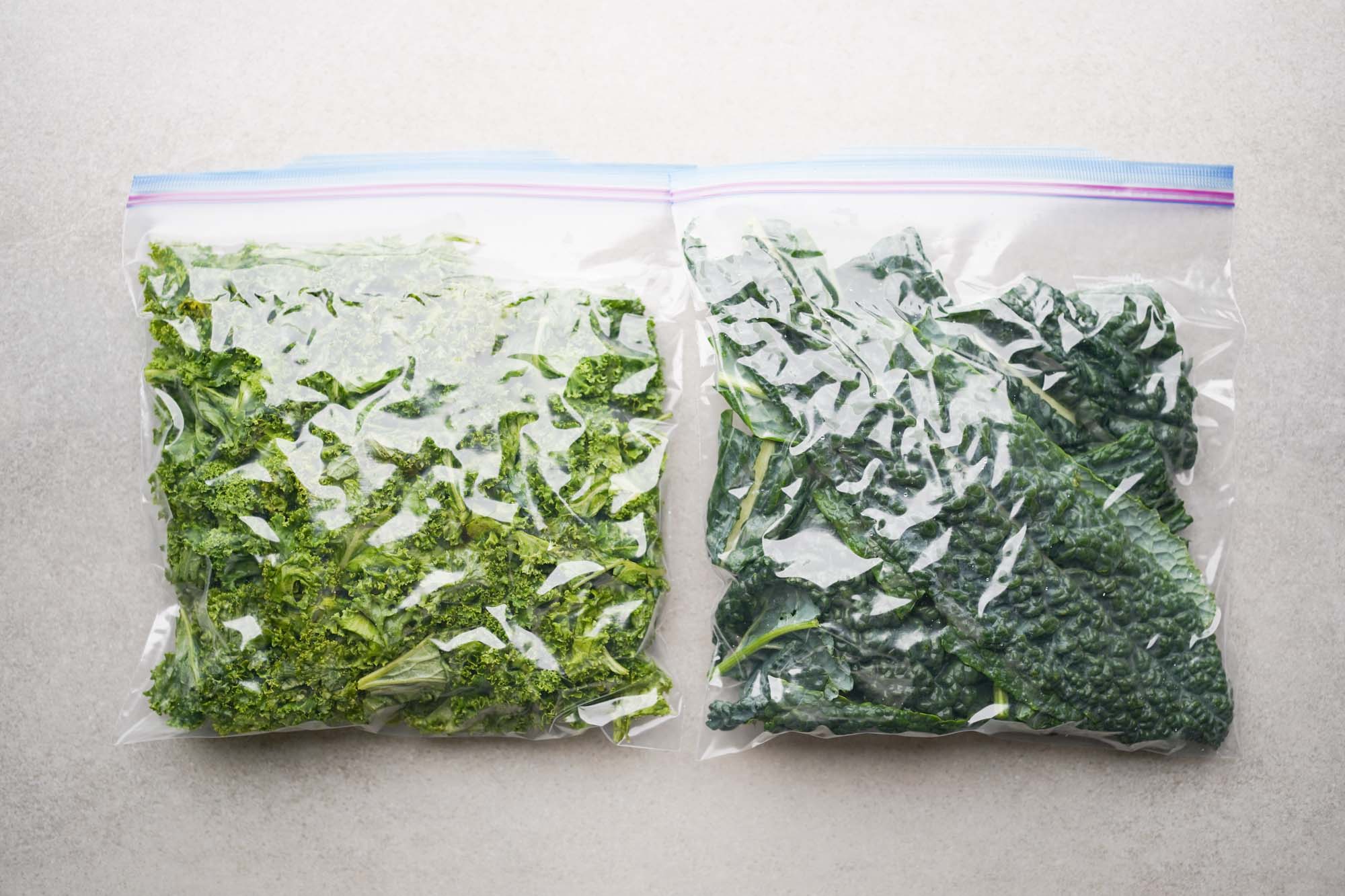
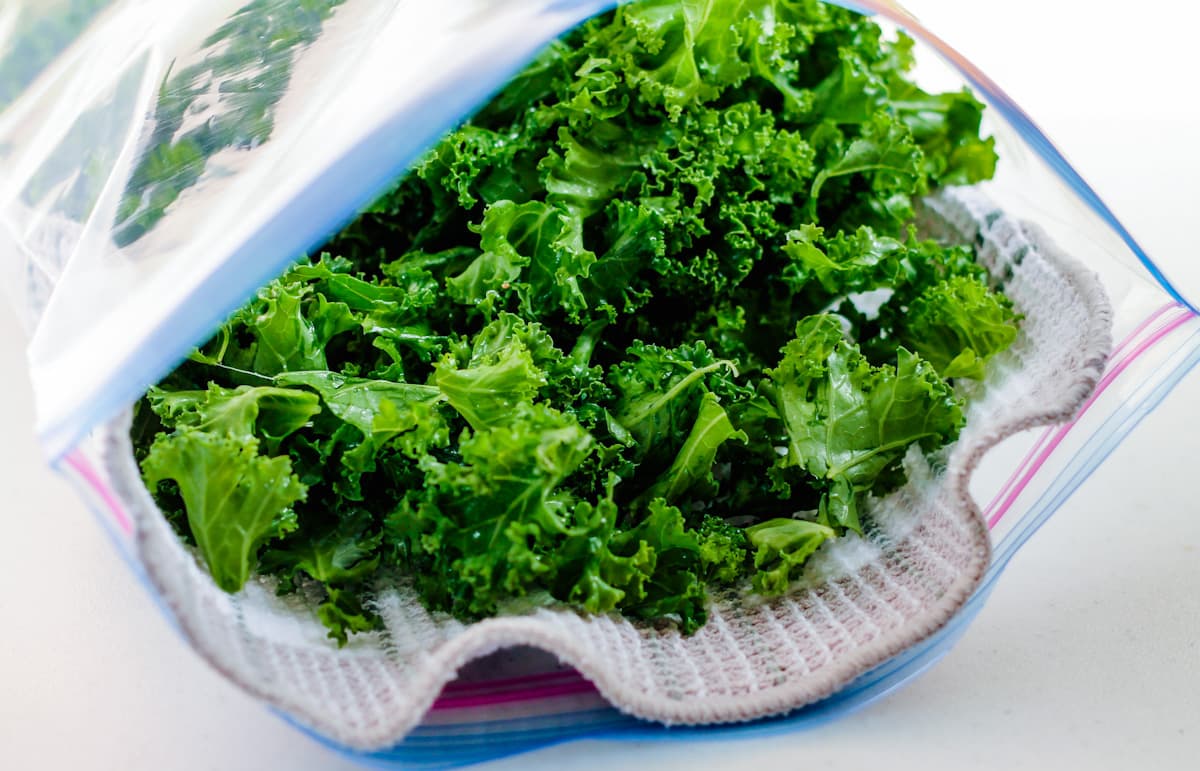
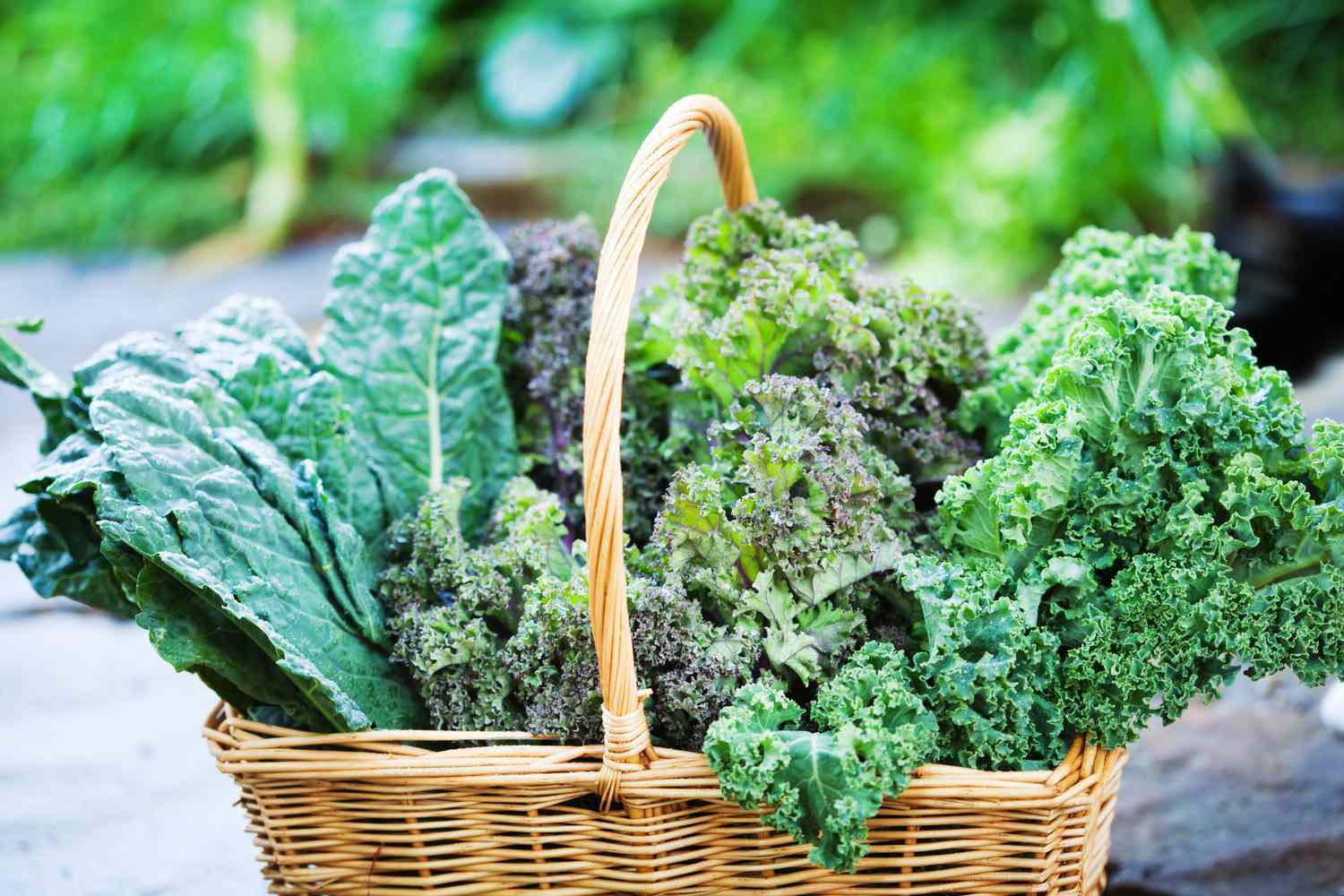
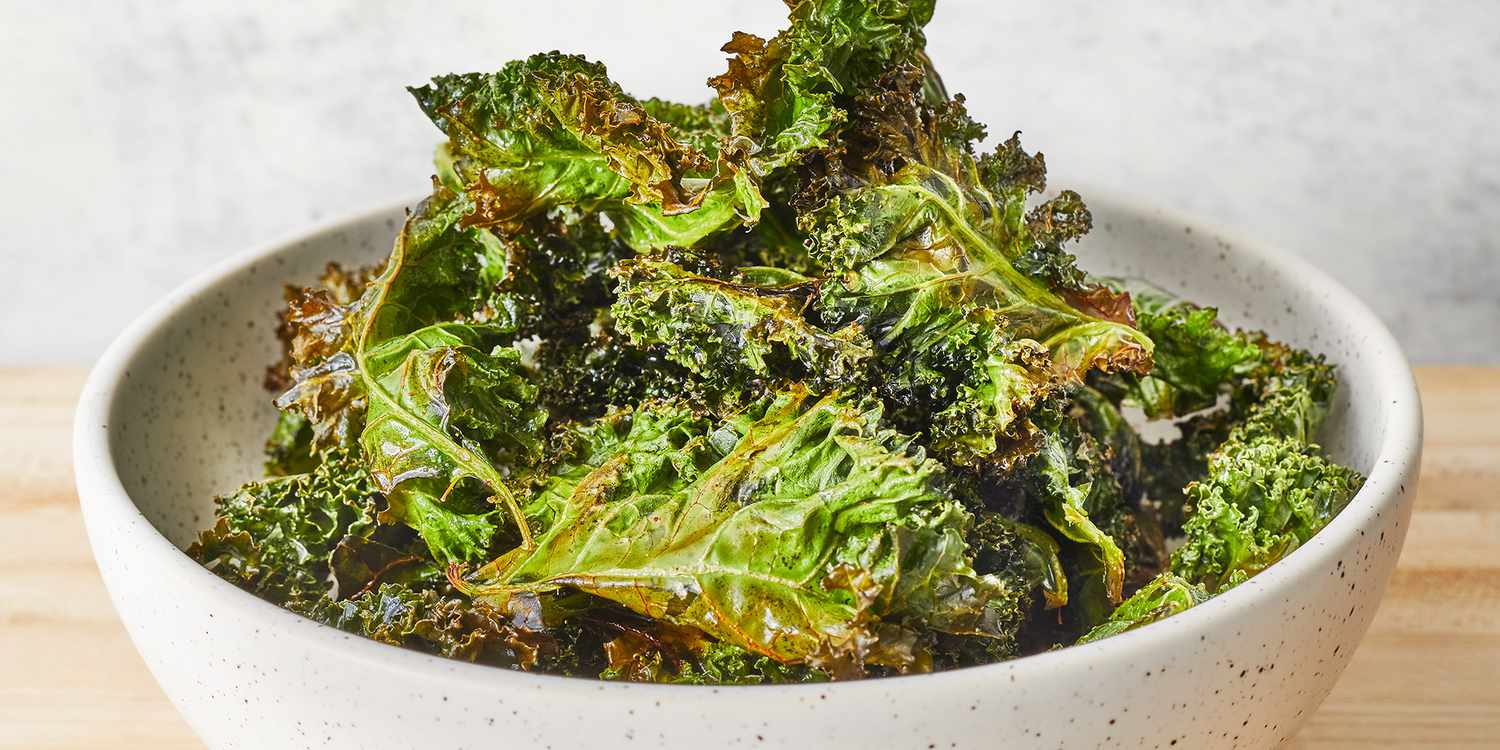
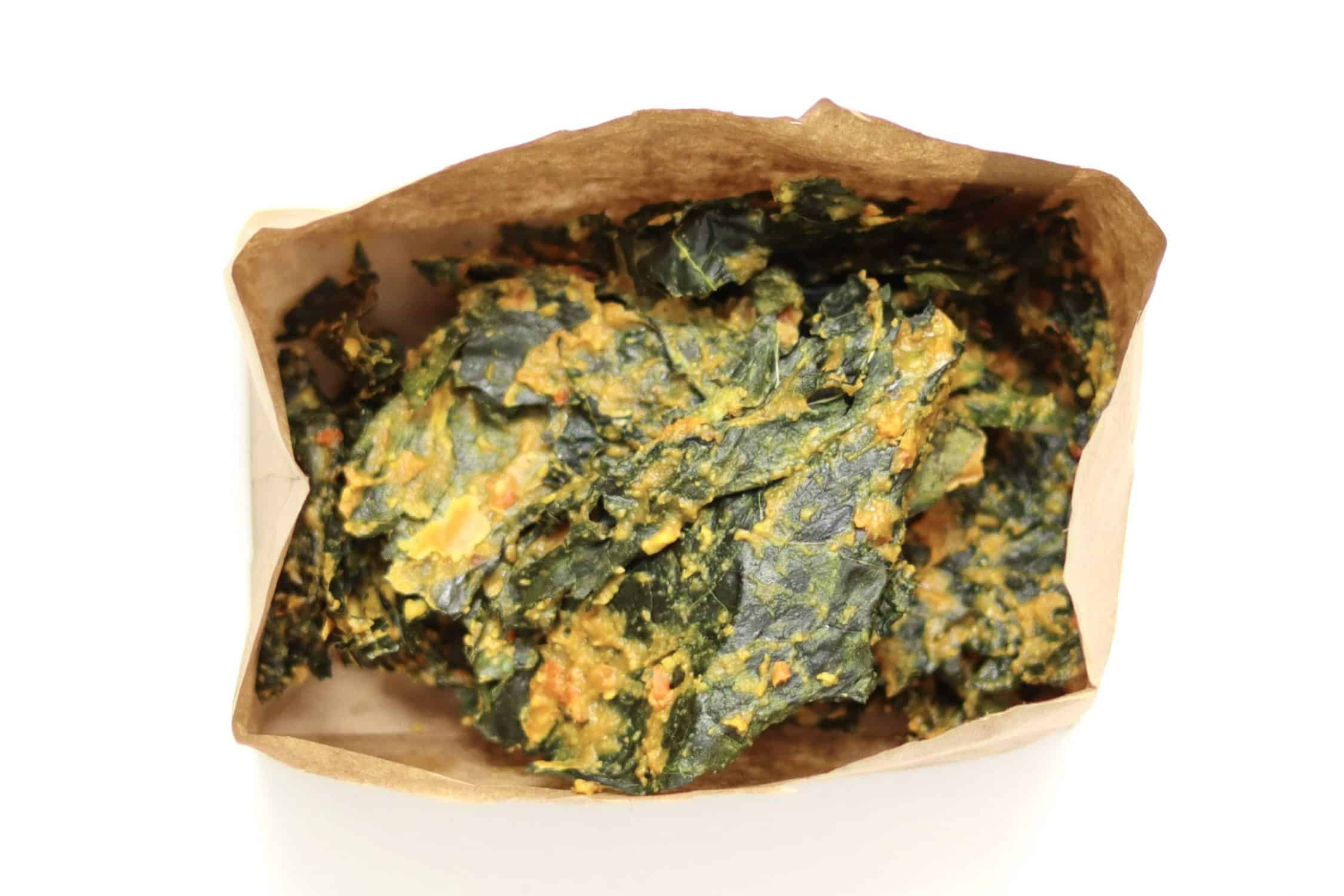
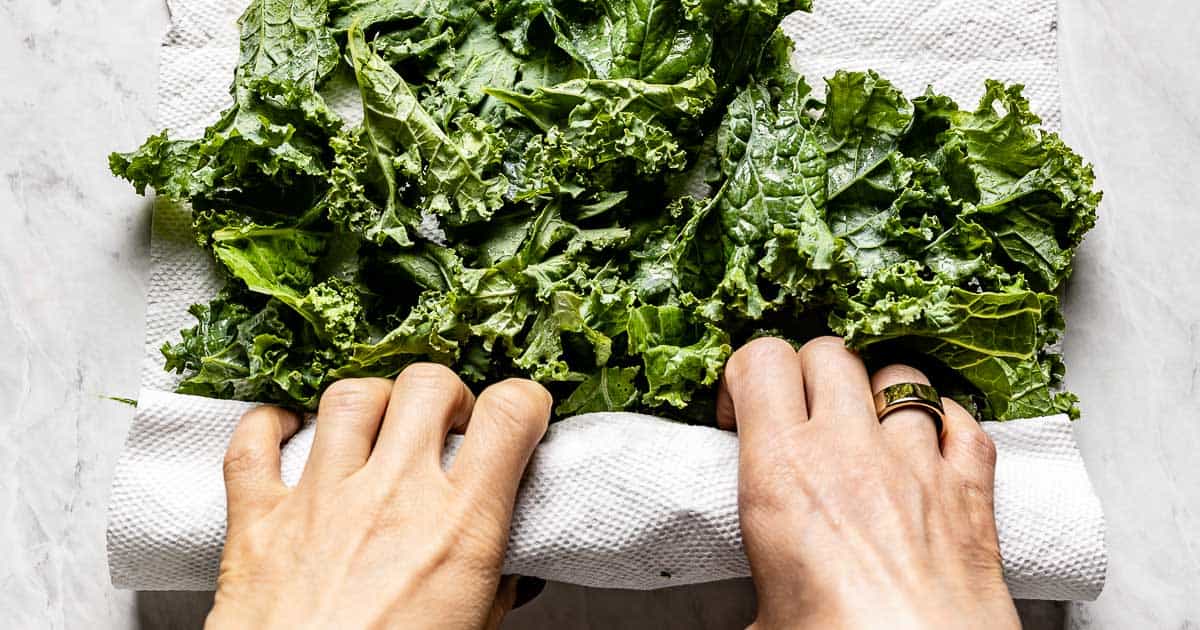
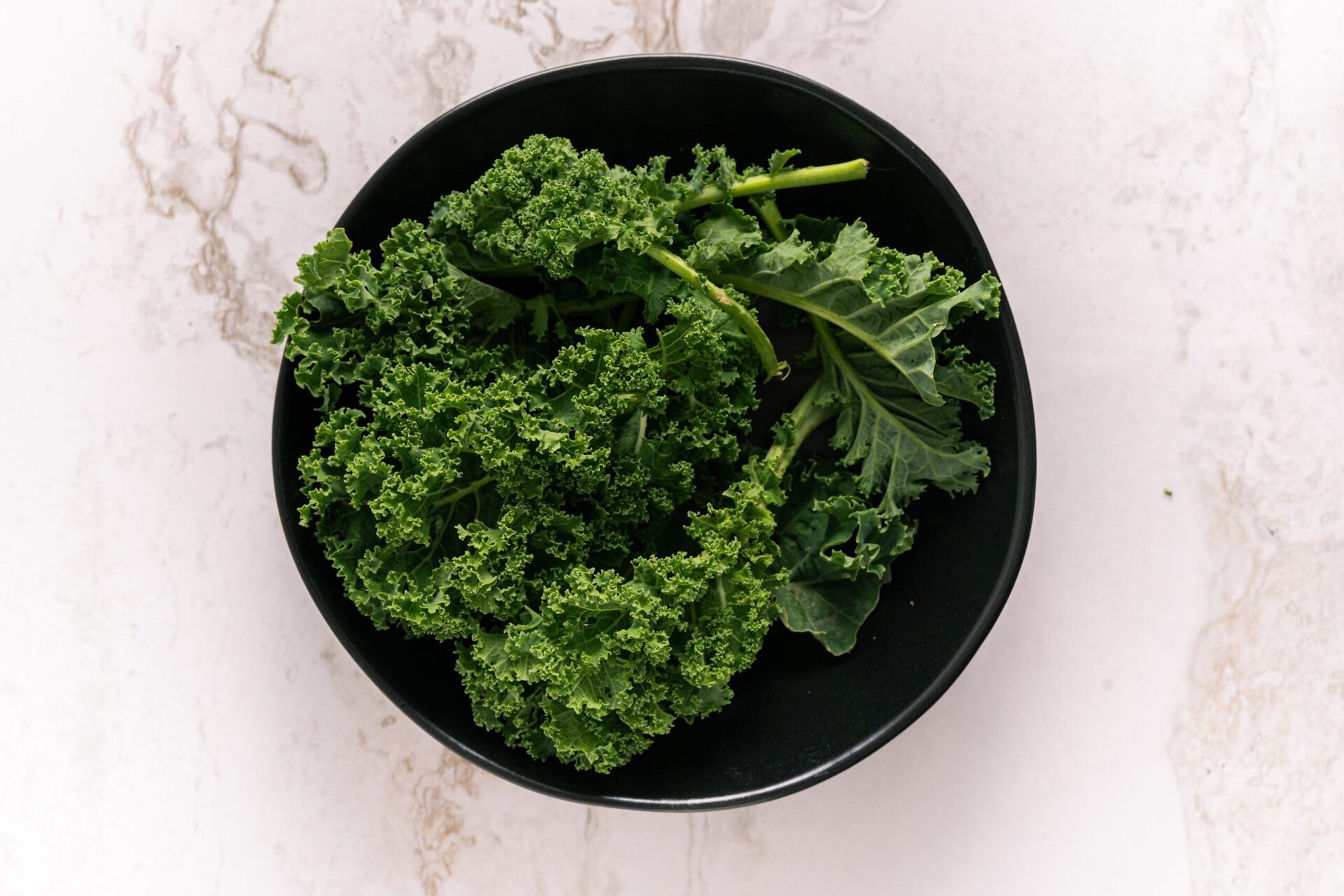

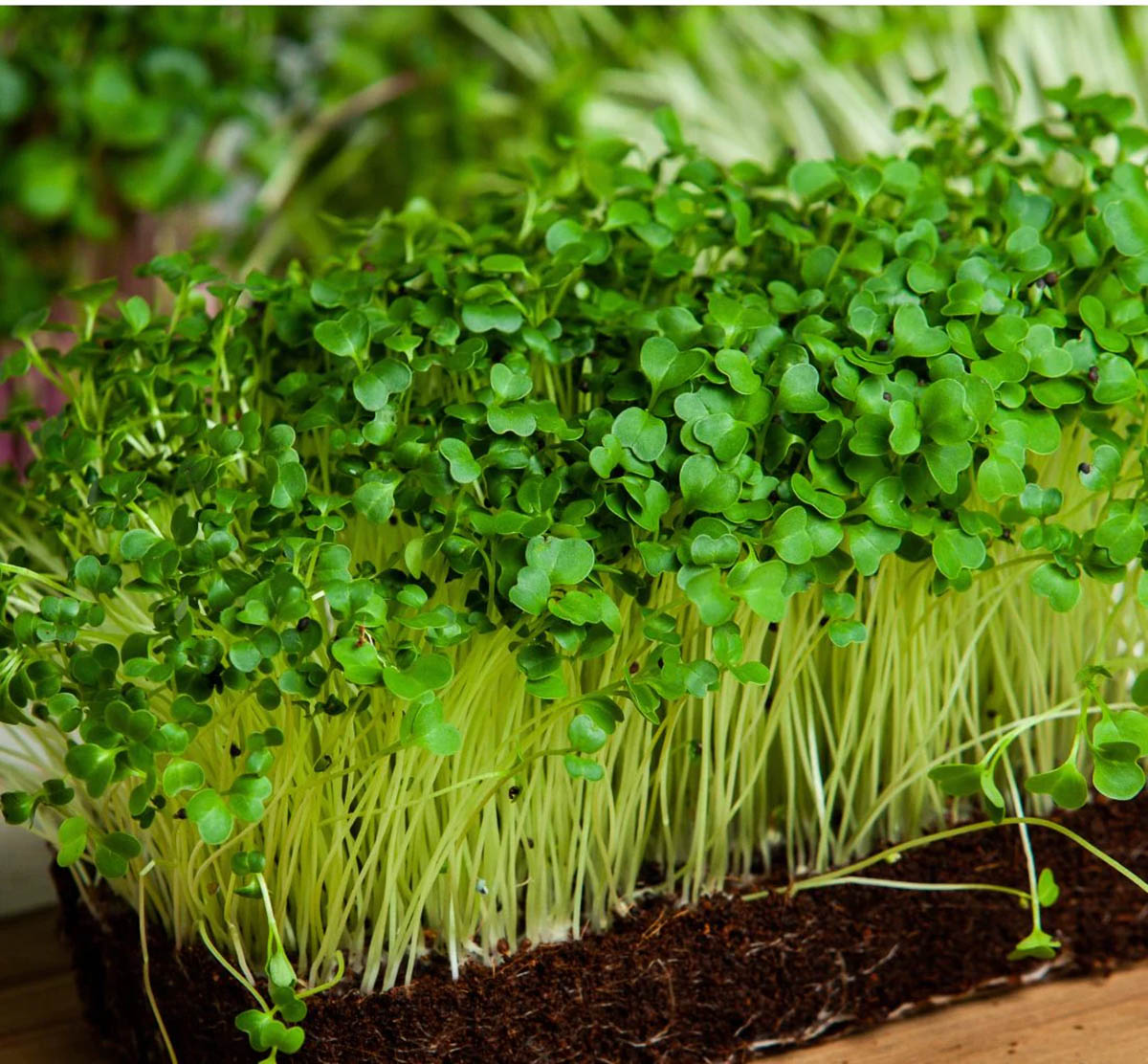

0 thoughts on “How To Store Dino Kale”